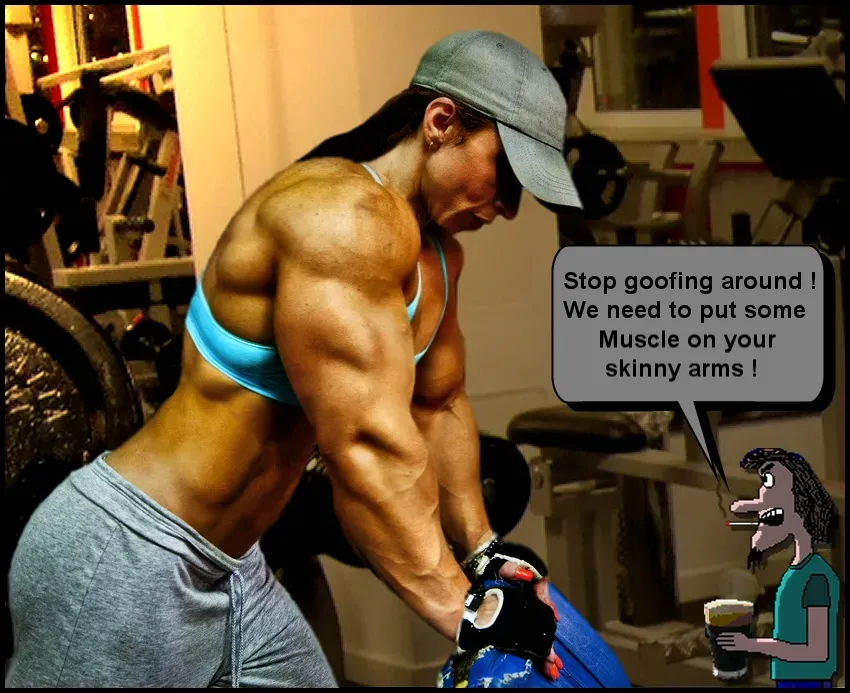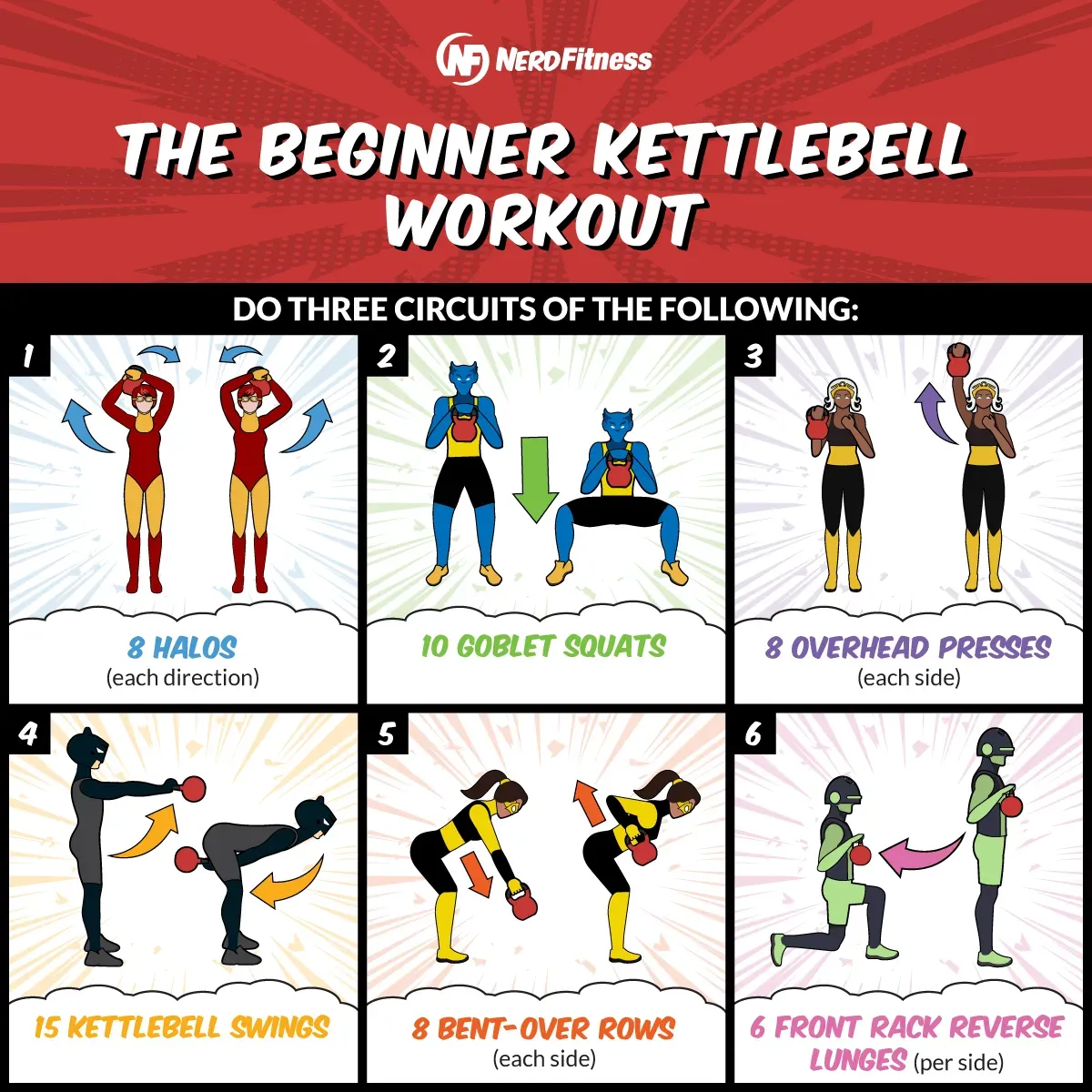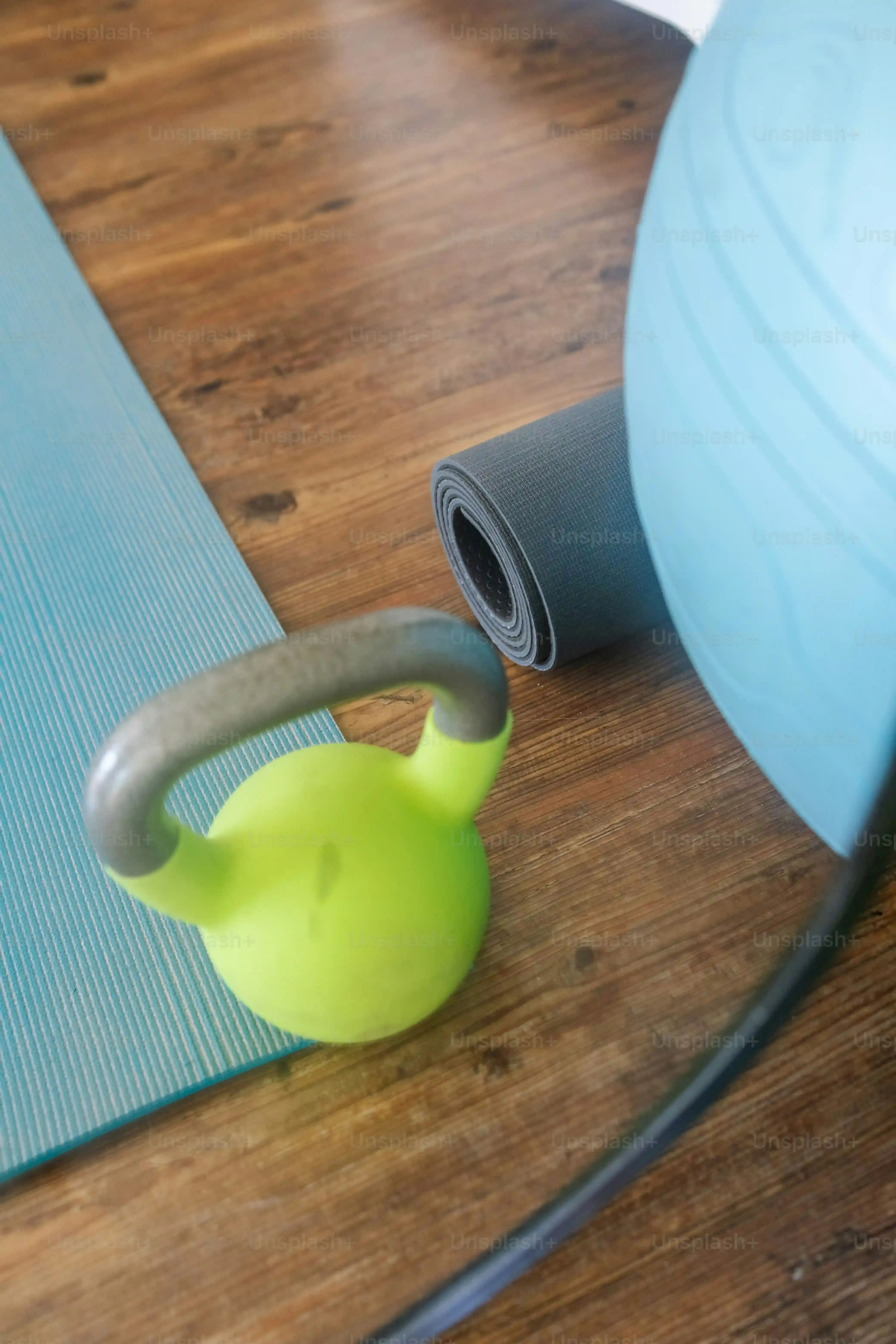Table of Contents
Tired of scrolling through endless workout videos or feeling lost in a crowded gym? Maybe you just want to get stronger without needing a room full of equipment. You've probably heard about kettlebells, those cannonball-looking things with a handle. They look simple enough, but where do you even start?
Why Start a Beginner Home Kettlebell Workout?

Why Start a Beginner Home Kettlebell Workout?
Workout Anywhere, Anytime
Look, life gets busy. Driving to a gym, finding parking, waiting for equipment – it eats up valuable time. A beginner home kettlebell workout nukes those excuses. You literally need a few square feet and a single piece of equipment. Roll out of bed, grab the bell, and get it done before the coffee even finishes brewing. No commute, no crowded machines, just effective movement on your schedule. It’s freedom from the gym routine treadmill.
Build Strength and Burn Calories Efficiently
Kettlebells aren't just for swinging wildly. They force your body to work as a unit. You're not isolating single muscles; you're performing compound movements that hit multiple muscle groups simultaneously. This is hugely efficient for building functional strength – the kind you use in real life, not just in the gym mirror. Plus, these dynamic movements get your heart rate up, turning your workout into a calorie-burning session that's way more engaging than slogging away on a cardio machine.
Think about it: a goblet squat works your legs, core, and upper back just to hold the weight. A swing hits your hips, glutes, core, and shoulders. It's a lot of bang for your buck in a short amount of time.
- Saves time (no travel)
- Lower cost than gym memberships
- Full-body engagement
- Improved functional strength
- Efficient calorie burn
- Minimal space required
Simple Start, Big Potential
Starting something new can feel intimidating, especially with weights. The beauty of a beginner home kettlebell workout is its simplicity. You begin with foundational moves that are easy to learn but incredibly effective. We're talking about movements that teach you proper body mechanics, like hinging at the hips or squatting with good form. You're not expected to be a pro on day one. You start light, focus on technique, and build confidence. This low barrier to entry makes it sustainable. You see progress quickly, which keeps you motivated to keep going and explore more challenging kettlebell exercises down the road.
Essential Exercises for Your Beginner Home Kettlebell Workout

Essential Exercises for Your Beginner Home Kettlebell Workout
so you're sold on the idea of a beginner home kettlebell workout. Great. Now, what do you actually do with the thing? It's not just about picking it up and moving it around. The real magic lies in mastering a few core movements. These aren't complicated gymnastics; they're fundamental human patterns like squatting, hinging, pushing, and pulling, loaded with the unique challenge a kettlebell provides. Getting these right from the start sets you up for success and keeps you from looking like a confused tourist trying to operate alien technology. Let's break down the essentials.
Mastering the Kettlebell Hold and Setup
Before you even lift, you need to know how to hold this odd-shaped weight. For most beginner moves, you'll use a two-hand grip on the handle, often called the "goblet" position when holding it at your chest. Your grip should be firm but not death-like. Imagine you're holding a bird – you want to hold it securely so it doesn't fly away, but not so hard you crush it. Keep your wrists straight, not bent back.
Setting up for an exercise often starts with the kettlebell on the floor between your feet. You'll hinge at your hips, keep your back straight, and grab the handle. This initial lift, even just to get it into position, is a mini-deadlift and practices good form right away. Don't just round over and yank it up; think about using your legs and hips.
The Gentle Warm-up: Kettlebell Halos
Think of halos as shoulder wake-up calls. You hold the kettlebell upside down by the horns (the sides of the handle), close to your chest. Then, you circle it smoothly around your head, keeping it tight to your body. Go one direction for a few reps, then reverse. This isn't a strength move; it's about mobility and control. It gets your shoulders ready for action without putting them under heavy load immediately.
My first time doing these, I nearly smacked myself in the back of the head. Learn from my grace. Keep the bell close!
- Hold bell by horns, upside down.
- Circle around head, keeping it close.
- Perform reps in one direction, then reverse.
- Focus on smooth, controlled movement.
Building Lower Body Strength: The Goblet Squat
This is arguably the best squat variation for beginners, kettlebell or not. Holding the bell in the goblet position at your chest helps counterbalance your weight, making it easier to keep your torso upright and squat deeper with better form. Stand with your feet slightly wider than shoulder-width, toes pointed slightly out. Keep your chest up, look straight ahead, and squat down like you're sitting between your knees. Drive through your heels to stand back up.
It teaches you how to brace your core and maintain a neutral spine under load. If your knees cave in, push them out gently. If your back rounds, you might be going too deep or need to work on hip mobility. This move is a cornerstone of any solid leg day.
The Hip Hinge Foundation: Kettlebell Swings or Romanian Deadlifts (RDLs)
the swing is the iconic kettlebell move. It's powerful, dynamic, and fantastic for building explosive hip strength. But it requires learning the hip hinge pattern first. A Romanian Deadlift (RDL) is a great way to practice this without the explosive movement. Hold the bell with two hands, standing tall. With a slight bend in your knees, push your hips back as if closing a car door with your backside. Lower the bell down your shins, keeping your back straight and shoulders pulled back. You should feel a stretch in your hamstrings. Stand back up by squeezing your glutes and driving your hips forward.
Got the hinge? Then you can try the swing. Stand over the bell, hinge, grab it, and hike it back between your legs like a center snapping a football. Then, explosively drive your hips forward, squeezing your glutes, to propel the bell up to chest or eye level. Let gravity bring it back down, and absorb the weight by hinging again. The power comes from your hips, not your arms.
Exercise | Primary Focus | Beginner Tip |
|---|---|---|
Kettlebell Swing | Hip power, posterior chain | Focus on the hip hinge, not squatting. |
Kettlebell RDL | Hamstring & glute strength, hip hinge form | Keep back straight, feel the hamstring stretch. |
Upper Body Pull: Bent-Over Rows
You can do these with one kettlebell or two if you have them. Stand with feet shoulder-width apart, hinge at your hips, keeping your back straight. Let the kettlebell hang towards the floor. Pull the bell up towards your chest, squeezing your shoulder blades together at the top. Lower it back down with control. This works your back muscles (lats, rhomboids) and biceps, balancing out all that pushing we do in daily life.
It's easy to let your back round here. Fight that urge. Keep your core engaged and maintain that strong, hinged position throughout the movement. Think about pulling with your back muscles, not just yanking with your arms.
Overhead Strength: Overhead Press
This move builds shoulder strength and stability. You can do it with one arm at a time or two if you have two bells and they're light enough. For one-arm press, clean the bell up to your shoulder (or just lift it there carefully). Your wrist should be stacked over your elbow, and the bell should rest on the back of your forearm. Press the bell straight up overhead, locking out your elbow. Lower it back down with control to the starting position.
Don't lean back excessively. Keep your core tight to protect your lower back. If you feel pain in your shoulder, start with a very light weight or skip this until you build more foundational strength. It's better to press a light bell correctly than struggle with a heavy one and get injured.
Single-Leg Stability: Front Rack Reverse Lunges
Lunges challenge your balance and work one leg at a time, helping to fix strength imbalances. Holding the kettlebell in the goblet position (or "front rack" on one shoulder for a single bell) adds resistance. Step backward with one leg, lowering your back knee towards the floor until your front thigh is roughly parallel to the ground. Keep your torso upright. Push off your back foot to return to the start. Repeat on the other leg.
Don't let your front knee collapse inward. Keep it tracking over your toes. This move is fantastic for building strong, stable legs and hips.
What's the most challenging part of a lunge for you?
Choosing the Right Kettlebell and Getting Started

Choosing the Right Kettlebell and Getting Started
Choosing the Right Kettlebell and Getting Started
so you're ready to dive into your beginner home kettlebell workout, but you need the right tool for the job. Don't just grab the cheapest one you see online. Kettlebells come in different materials, finishes, and handle types. For beginners, a cast iron kettlebell with a smooth handle is usually the way to go. Avoid plastic-coated ones; they can be bulky and the handles often feel weird. The handle is crucial – you'll be gripping it a lot, sometimes with sweaty hands. It should feel comfortable and allow for a good grip without tearing up your palms immediately. As for weight, this is where people often go wrong. It's tempting to get something heavy to feel tough, but that's a fast track to bad form and potential injury. For most women starting out, an 8kg (18 lb) or 12kg (26 lb) is a good starting point. For most men, 12kg (26 lb) or 16kg (35 lb) works well. You can always get heavier later. Start too heavy, and you won't be able to perform the movements correctly, especially the dynamic ones like swings. You're learning a new skill here; treat it like that.
What weight kettlebell do you think is right for you to start?
Beyond the Beginner Home Kettlebell Workout: Progression Tips

Beyond the Beginner Home Kettlebell Workout: Progression Tips
Adding Weight or Volume
So, you've been hitting your beginner home kettlebell workout consistently. The exercises feel less awkward, you're not totally winded after a set, and that starting weight feels... well, light. This is exactly what should happen! It means you're getting stronger. The most straightforward way to keep progressing is to either add more weight or increase the volume (more sets, more reps) with the weight you have. Don't rush this. If you can comfortably do 10-12 reps of a movement like the goblet squat with good form, maybe it's time for the next size up kettlebell. If a heavier bell isn't an option yet, try doing an extra set of each exercise, or add a couple more reps to each set while maintaining form. Progress isn't always about bigger weights; sometimes it's just doing more quality work.
Learning More Complex Movements
Once you've nailed the foundational moves in your beginner home kettlebell workout, a whole new world of exercises opens up. You've built the basic strength and, more importantly, the movement patterns. Now you can start exploring things like cleans, snatches, jerks, or even more integrated movements like the Turkish Get-Up (a beast of an exercise that builds incredible full-body control). These require more coordination and practice, so approach them just like you did the basics: start light, focus intensely on technique, maybe even record yourself to check your form. Learning these isn't just about lifting heavier; it's about becoming a more capable and powerful mover.
- Increase kettlebell weight when reps are easy.
- Add sets or reps if heavier weight isn't available.
- Practice advanced moves like cleans and snatches.
- Focus on technique with new exercises.
- Consider single-leg or single-arm variations for added challenge.
- Slow down reps for increased time under tension.
Ready to Swing?
So there you have it. No magic pills, no complicated machines. Just a simple tool and a clear plan for your beginner home kettlebell workout. You now know why these workouts are effective, the core movements to master, and how to pick the right weight to get started safely. The key isn't perfection on day one, it's consistency. Grab that kettlebell, find some space, and put in the work. You might be surprised how quickly you feel stronger and more capable. What are you waiting for?